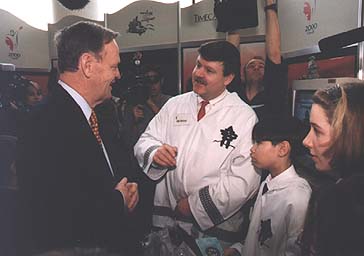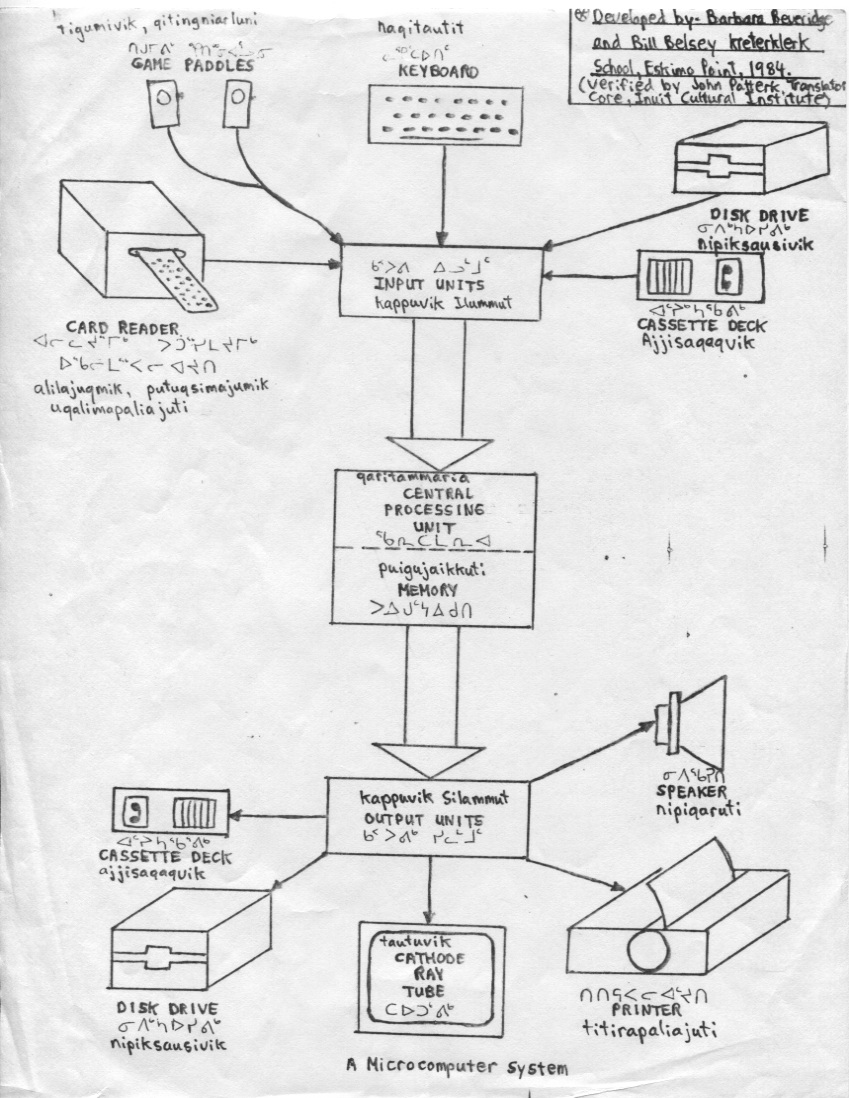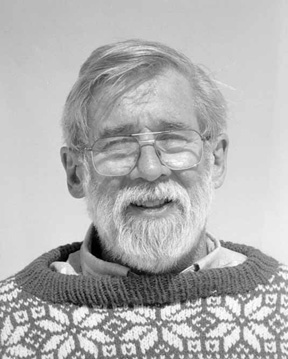Author: admin
I am a husband, father and teacher who loves children, learning and using technology in innovative ways to support and enhance teaching and learning. If you would like to learn about my work in education, please visit my class Website at http://www.coolclass.ca or for information about my work outside the classroom please visit http://is.gd/8Ax6hS
Igalaaq (Inuktitut for Window) -The Rankin Inlet Community Access Centre

- Igalaaq -The Rankin Inlet Community Access Centre -by The Caledon Institute
- Igalaaq -The Rankin Inlet Community Access Centre -Report by Bill Belsey





